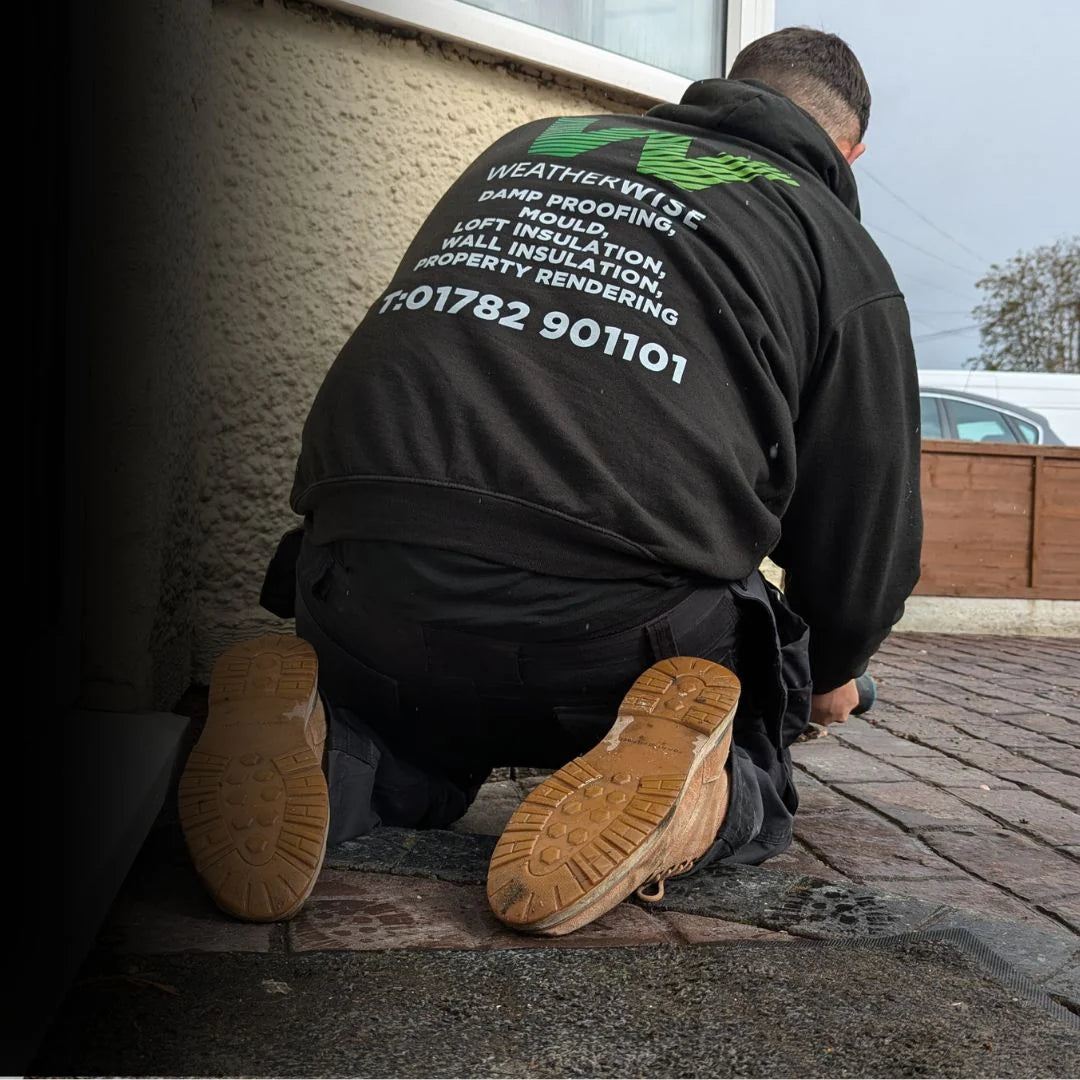💡 Plastering and Damp: When It’s Necessary—and When It’s Not
If you’ve just had a damp proof course (DPC) installed or are dealing with damp in your walls, you might be wondering:
“Do I have to replaster everything?”
The good news? Not always.
At Weather Wise Solutions, we only recommend plastering when it’s genuinely necessary—not as a blanket rule. Understanding when it’s needed (and when it’s not) helps save time, money, and avoids unnecessary disruption.
🧱 When Plastering Isn’t Needed
You might not need plastering if:
✅ The existing plaster is not bridging the new DPC (i.e. it doesn’t touch the floor)
✅ There is no salt contamination or damage on the walls
✅ The wall is dry, breathable, and structurally sound
In these cases, you can often leave the original finish or simply redecorate after the wall has fully dried out.
🧱 When Plastering Is Recommended
✔️ Bridging Plaster – Where plaster extends below the new DPC level
✔️ Salt Contamination – Hygroscopic salts in the plaster draw in moisture even after treatment
✔️ Crumbly or blown plaster – Signs of long-term moisture damage
✔️ Non-breathable wall finishes – Cement-based or gypsum plasters that trap moisture
In these situations, we’ll recommend removing the affected plaster and replacing it with a breathable, salt-resistant finish such as the systems supplied by PAM Ties.
🏡 Our Approach: Only When It’s Needed
Some companies will push for full plastering automatically, but we prefer a careful, honest approach. After assessing your walls, we’ll tell you exactly what’s necessary—and nothing more.
We also follow retrofit best practices from the Energy Saving Trust to ensure your internal walls stay both dry and energy-efficient.
📞 Book a Free Damp Assessment Today
Not sure if your damp problem needs plastering? We’ll give you a clear answer, not a sales pitch.
Book a Free Survey for your Home here with Weather Wise Solutions – specialists in honest, expert damp treatments.



